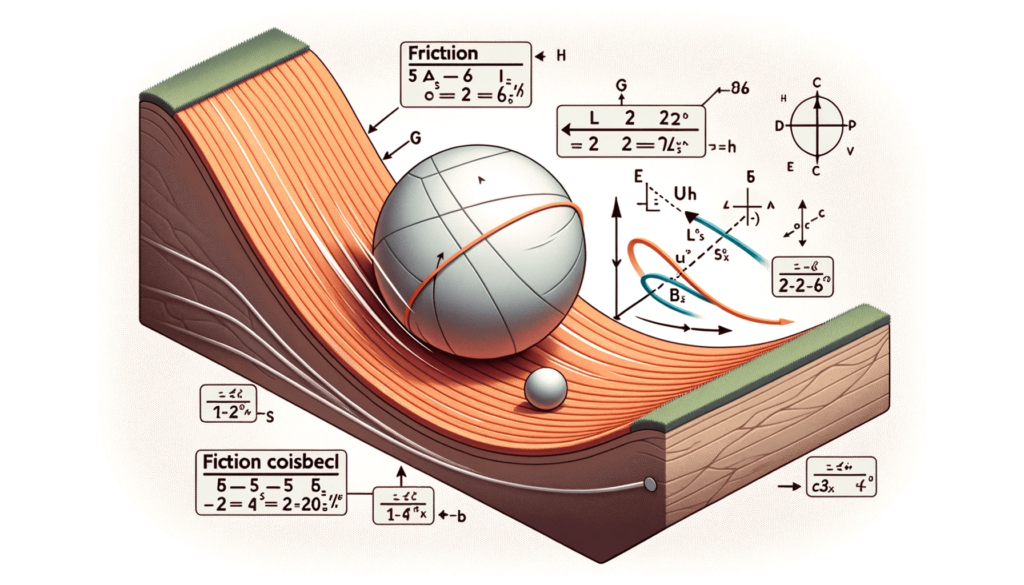This course article contains videos that can only be accessed once enrolled in the Learn AP Physics from Scratch Course.
Unit 2 Breakdown
You are on Lesson 6 of 8:
- Unit 2.1 | Understanding and Applying Newton’s Law in Depth
- Unit 2.2 | Common Linear Forces, Equations, and Misconceptions
- Unit 2.3 | Drawing and Understanding Force Body Diagrams
- Unit 2.4 | Deriving Equations to Solve Linear Force Problems
- Unit 2.5 | Advanced Force Problems – Tension and Elevators
- Unit 2.6 | Advanced Force Problems – Ramps (Inclines) [Current Lesson]
- Unit 2.7 | Advanced Force Problems – Pulley System
- Unit 2.8 | Advanced Force Problems – Multi-Body System
In this lesson:
- FBDs for incline problem
- Dealing with vectors at angles
- Solving ramp problems
- Practice ramp problems
Framework
To solve incline problems. We will continue to use the same frame work covered in the previous two lessons.
Note that incline problems are often referred to as ramp problems. Typically there will be an object placed on the ramp. It will be your job to calculate the unknown variable(s), which can be anything from acceleration, mass, to finding the coefficient of friction (µ).
Rather than reading, these next few lesson will use videos to demonstrate problem solving. As always attempt to solve questions listed, before watching the video.
PS – Problem 1 (Easy)
A block with a mass of 10.0 kg lies on a frictionless surface tilted at an angle of 35° to the horizontal.
- Determine the acceleration of the block as it slides down the plane ( a = ? m/s2)
- Bonus: If the block starts from rest 9.0 m up the plane from its base, what will be the block’s speed when it reaches the bottom of the incline? (v = ? m/s)
PS – Problem 2 (Medium)
A 12 kg box is sliding down an incline where the coefficient of kinetic friction between the box and the incline is 0.15. Find the angle of the incline where the box slides down with a constant velocity.
PS – Problem 3 (Hard)
A block rests on a flat plane inclined at an angle of 30° with respect to the horizontal. What is the minimum coefficient of friction necessary to keep the block from sliding?
PS – Problem 4 (Mastery)
A penguin slides at a constant velocity of 3.4 m/s down an icy incline. The incline slopes above the horizontal at an angle of 6.2°. At the bottom of the incline, the penguin slides onto a horizontal patch of ice. The coefficient of kinetic friction between the penguin and the ice is the same for the incline as for the horizontal patch. How much time is required for the penguin to slide to a halt after entering the horizontal patch of ice?
Practice Questions
- A 42 kg box is being pulled up a rough surfaced incline, with an applied force of 420 N, which makes an angle of 42° with the horizontal. The coefficient of kinetic friction between the box and the surface is 0.20. What is box’s acceleration?
- An 9.2 kg box is sitting in the middle of a horizontal board. The coefficient of static friction (µs) between the board and the box is 0.46. The coefficient of kinetic friction is 0.32. The board is slowly lifted from one end.
- At what angle will the box start accelerating down the incline?
- Once the box is moving, what is its acceleration?
- A 19 kg box is sliding down an incline ( µk = 0.15). Find the angle of the incline where the box will slide down with a constant velocity.
- A man drags a 100 kg crate up the ramp of a truck. The ramp is inclined at 20° and the man pulls at an angle of 30° above the ramp. The coefficient of friction between the crate and the ramp is 0.2.
- What is the normal force on the crate in terms of the applied force, F?
- What is the minimum force the man would have to apply to pull the crate up the ramp
Lesson 2.7 Preview
In the next lesson we will move on to solving pulley problems.
While this is confusing for many students, pulleys are simply just tension and weight forces. So we can apply our force problem-solving framework!
As a bonus, I’ll go over a quick shortcut that you can use to solve any pulley question in 15 seconds or less.


